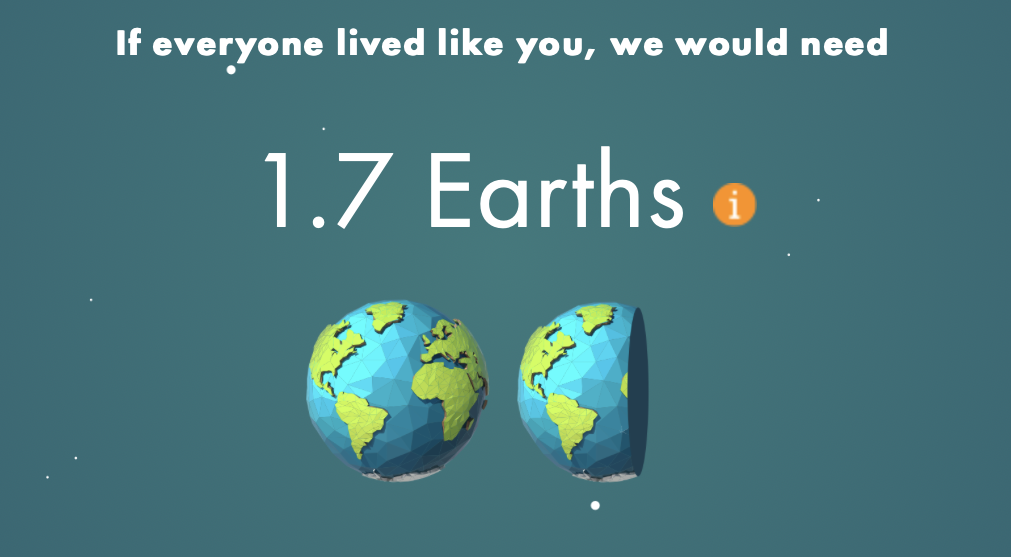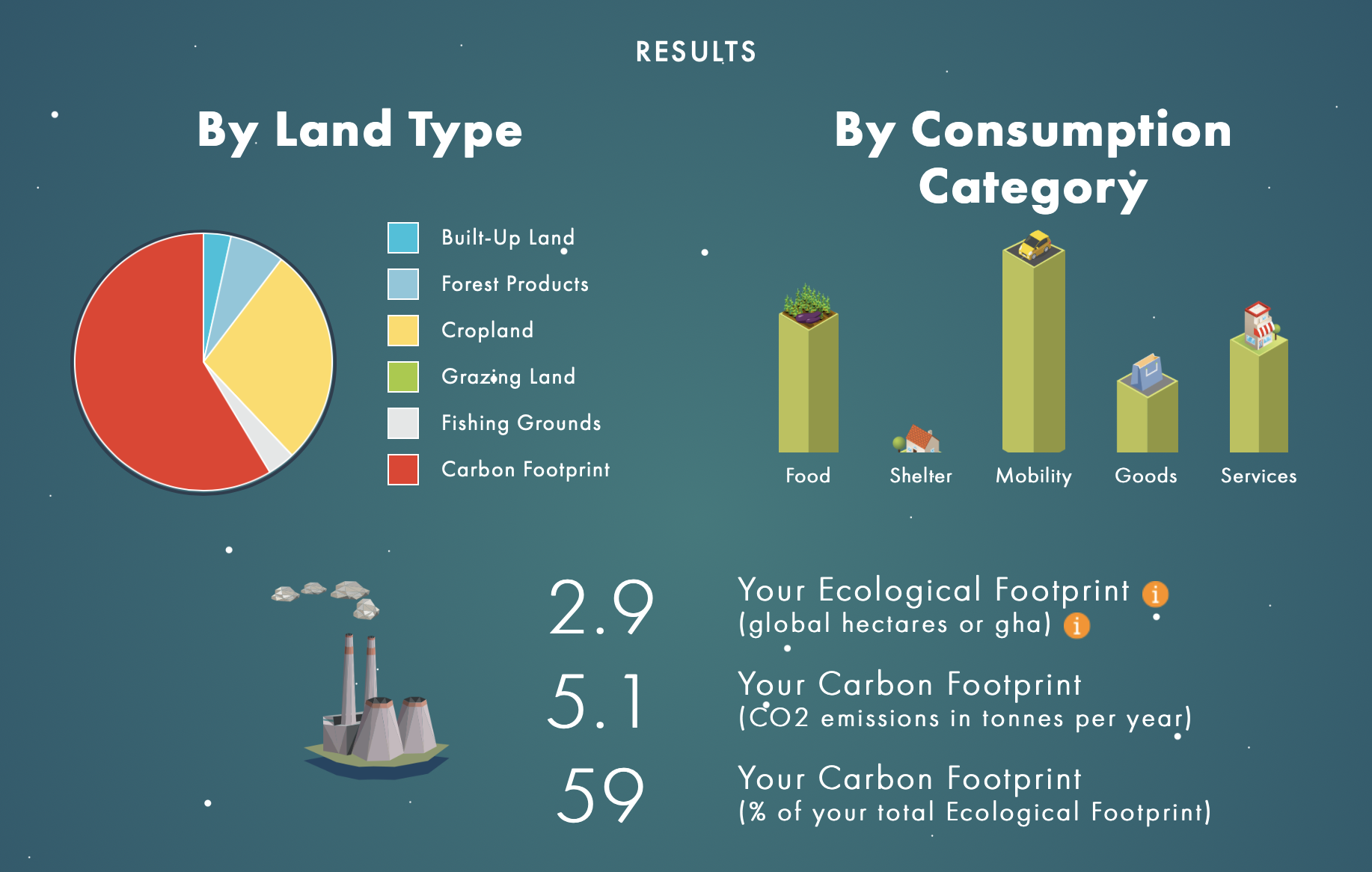This is where I attempt to measure my impact. While it’s hard to boil impact down to comprehensible numbers, this will at least let me track what I can. I publish this information for accountability and in case it helps others do something similar.
In general, I take a “portfolio” approach to impact. This means I spread my effort and resources across a few methods and causes. For the most part, I have spent my career working on high-risk, high-reward climatetech startups.
While this takes up the majority of my productive time, I also spend a few hours a week volunteering directly (teaching, mentoring). I like direct volunteering because it’s much more personal and human than the software products I create at my day job.
Finally, I donate 10% of my income to effective charities via Giving What We Can which is important to me because much of my work is focused on the long-term future but the resources I have (and don’t really need) can help people and causes I care about now (e.g. $10,000 can save the equivalent of about 3 lives). If, like me, you find yourself in the richest 1% of people in the world, you can take the pledge here too!
2022
In 2022 I worked at Myst AI for most of the year, taught intro computer science again at Galileo high school in SF (via Code Nation) , and held weekly office hours through Work on Climate. I donated 10% of my income split 50/50 between the Founder’s Pledge climate change fund and GiveWell.
It’s again difficult to quantify the impact of my work at Myst. On the one hand, accurate and scalable forecasts are key to making the grid more efficient, reliable, and less emissions intensive and I spent most of the year working on the problem of optimizing grid-scale energy storage (key to enabling the growth of renewables). On the other hand, Myst is now part of Snowflake with no mention of clean energy. My hope is that what was built at Myst can become critical infrastructure for a world where millions of devices connected to the grid need a sense for “what’s next” in order to optimally utilize cleaner sources of power.
2021
In 2021, I worked at Myst AI, started holding weekly office hours through Work on Climate, and donated 12% of my income across:
- Founder’s Pledge Climate Change Fund (partially matched by Myst AI)
- Global Health and Development Fund
- GiveWell
- Animal Charity Evaluators
This year at Myst we helped more utilities with demand forecasting and delved more into price forecasting for renewables and grid-scale energy storage. Near the end of 2021 I created a short analysis to summarize our use-cases and our theory of change behind each and did a calculation on the emissions impact of cost-optimized batteries in California. It’s still unclear to me whether improved demand forecasting will have any noticeable GHG impact, but I’m excited about the possibility of providing critical inputs to make energy storage more cost effective.
2020
In 2020, I worked at Myst AI, helped to build COVID Exit Strategy via US Digital Response which provided critical statistics to state and federal officials during the COVID pandemic, and donated 12% of my income across:
- Movement for Black Lives (matched by Myst AI)
- Clean Air Task Force (matched by Myst AI)
- Founder’s Pledge Climate Change Fund
- GiveWell
At Myst we continued improving demand forecasting for various utilities and dipped into price forecasting to improve financial returns for renewable generators. The price forecasting work is something that excites me from an impact perspective because we can directly influence the profitability of renewables.
2019
In 2019 I started work at Myst AI, taught computer science at Street Academy in Oakland, and donated 8% of my income across:
- Cool Earth (matched 4X via another donor and Myst AI)
- Coalition for Rainforest Nations (matched by Myst AI)
At Myst, we focused on demand and market imbalance forecasting. The theory is that improving these forecasts makes the grid at large more efficient, but it’s unclear how exactly this translates into measurable emissions reductions. From an impact view, I joined Myst because accurate, scalable forecasting seems key to a grid with intermittent renewables and potentially millions of connected energy devices all of which need to understand future energy supply and demand to function optimally.
In joining Myst, I also negotiated for 2 hours per week of volunteering time and donation matching.
2018
In 2018 I spent most of my time leading Nanogrid (now Arcadia) and taught computer science at Street Academy in Oakland.
The goal of Nanogrid was to reduce the cost and friction of residential solar, storage, and electric vehicles. Given Nanogrid was still in it’s first year of existence, we did not hit a scale of impact worth reporting yet.
2017
In 2017 I worked at Genability and then started Nanogrid. I also started teaching computer science via Code Nation.
At Genability, we focused more on providing tariff data back to utilities for them to provide better analysis to rate payers under more complex tariffs (e.g. time-of-use tariffs) and on pre-sales tools for commercial energy storage.
At Nanogrid everything was in the proof-of-concept stage in 2017, but we successfully went from an idea to a pilot with Nissan-Renault and SunPower to get people the information they need to understand how much less expensive an EV is compared to a gas-powered car.
2016
In 2016, I continued my work at Genability, our focus that year was not too far off the existing course, providing tariff data and cost visualizations for residential solar, storage, evs, and increasingly supplying input data to energy storage providers.
2015
In 2015 I left graduate school and started work in climatetech at Genability. At that time, Genability was mostly focused on providing electricity rate and cost analysis primarily for residential solar companies like SunPower, Sunrun, Tesla, etc..
2014 and earlier
Most of my impact was some work I did in college within student government (e.g. getting funding for safe transit), and tutoring (most years I’d volunteer my time tutoring for 1-5 hours a week).
Personal Consumption
These days, getting a reasonable estimate of personal environmental impact is pretty easy, thanks to the good folks at Global Footprint Network. I used their calculator because it captures a holistic estimate across carbon and land/resource use. It also allows for fairly detailed inputs.


My results indicate that my lifestyle would require 1.7 Earths if everyone behaved as I did. While not totally sustainable, this is about one-third of the footprint of the average american (5 Earths in 2014). The majority (60%) of my footprint is carbon emissions. The majority of those carbon emissions come from my air travel habits.